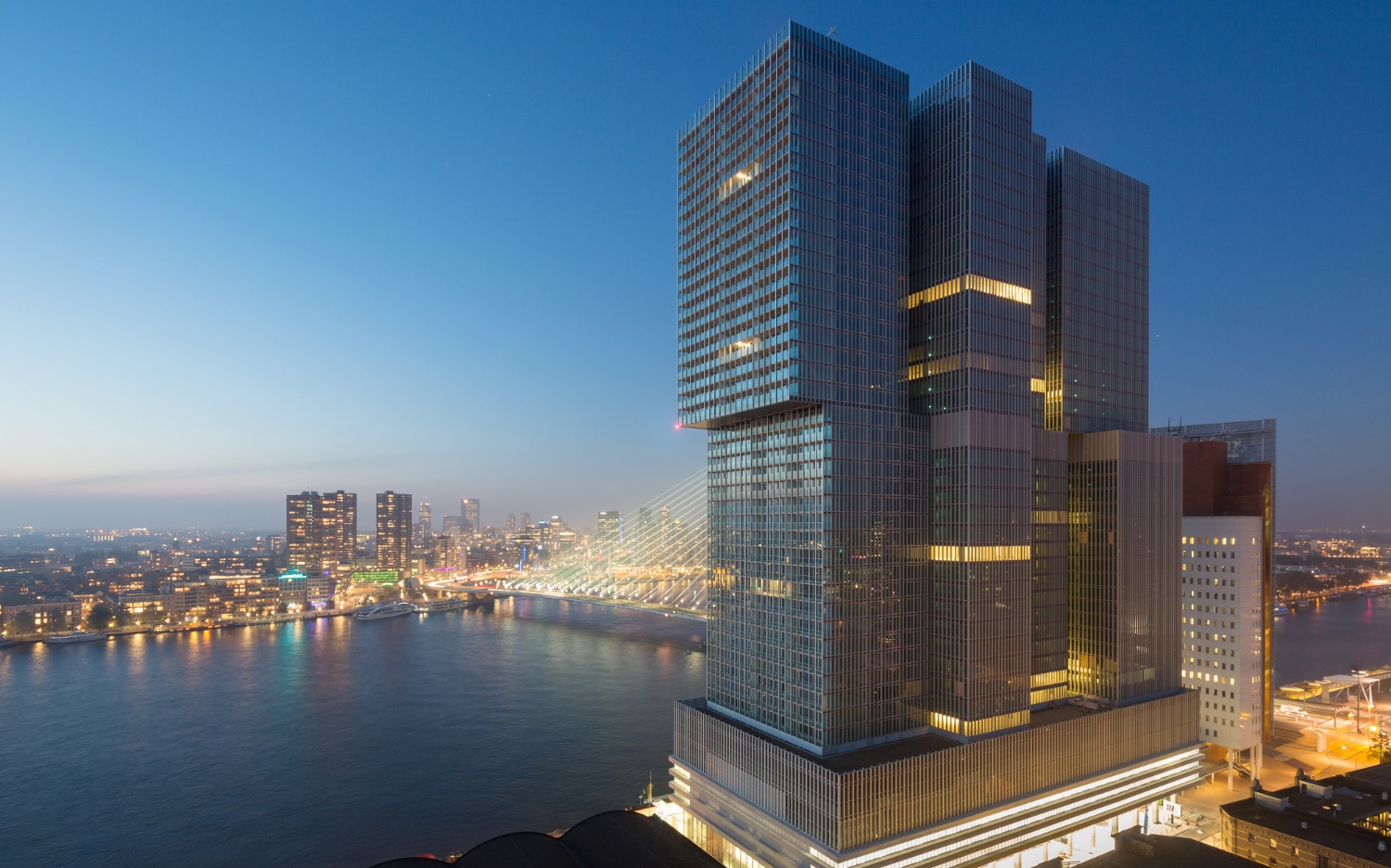DGMR’s Hans van Leeuwen was in Beijing last 26th and 27th of August. By invitation of the Beijing Municipal Institute of Labour Protection, Hans gave a contribution at the “3rd International Conference on Management Technology for Environmental Noise and Vibration Control”.
He gave a presentation on the process from monitoring to calculations and to information for policy makers and authorities. The presentation was about the process how to come to decisions for reducing noise levels.
For this conference the Beijing Institute of Labour Protection invited some experts from outside China to give their opinion and their view on Environmental Noise and Vibration Control. These experts are from the Noise Committee of the European Society of Acoustics, the Dutch Ministry of Traffic and Environment, SATIS Sound Advice in Technology Innovation and Strategy, the University of Ghent, the Noise Abatement Society of the UK and DGMR Consultants.
At the session Environmental Noise Monitoring and Environmental Impact Assessment Hans gave a presentation on the process from monitoring to calculations and to information for policy makers and authorities.
How to come to decisions for reducing noise levels? For this it is essential to collect the useful and relevant information for the authorities. These authorities are the policy makers and the decision makers of the acoustic quality of a city. An indispensable item for these kind of decisions is a noise map. This means a map, where by using different colors, the various noise levels are made visible. Most of the times, red for high noise levels and green for relatively low levels. A noise map will be calculated using prediction software where the calculation method is prescribed. Examples of these calculation method is the ISO 9613-2, Harmonoise, the new European CNOSSOS-EU method, or the Chinese HJ2.4-2009 method.
Prediction methods work with standardized input data, for example for the sound power level of an averaged running car, truck, or train. Local situations may change and also the propagation is not within the application field of the method. Validations might be useful. The most accurate validation method is by using some long term monitoring systems. In the future in smart cities there might be enough possibilities to have sensors also for noise monitoring. It is very transparent and explanatory to look at results of some long term monitoring systems and to compare these results to the predicted levels of the noise map. Corrections might be necessary and the variation of noise level must be evaluated. Also peak noise levels might be of particular importance. The combination of a noise map and long term monitoring gives more and better information to come to noise policy.
An other essential point is how to come to more awareness. The World Health Organization had made publications that people will die due to noise. The main link are stress, cardiovascular disease and ischaemic heart disease. Awareness is creating a sense of urgency, make people take a position, making people know, notice and understand. We have to focus people’s attention for both inhabitants/public, authorities, politicians and consultants/researchers.
English version of the presentation




